Jeff Bezos and his rocket company have an odd way of building anticipation.
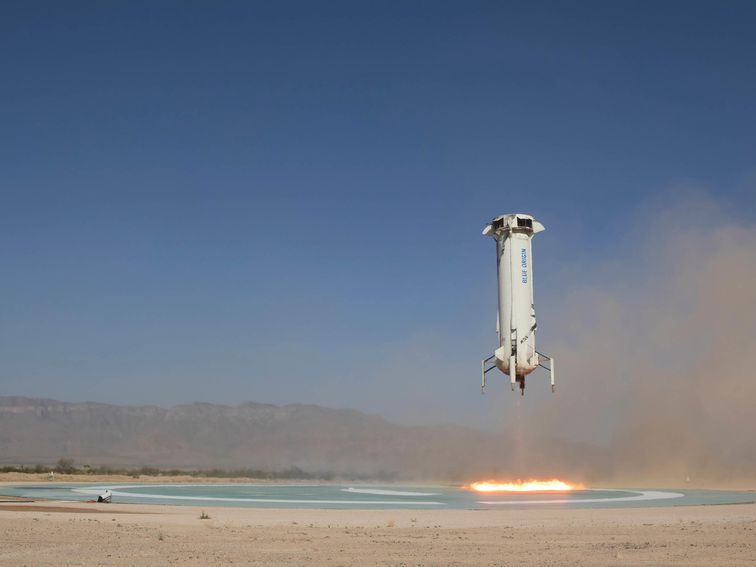


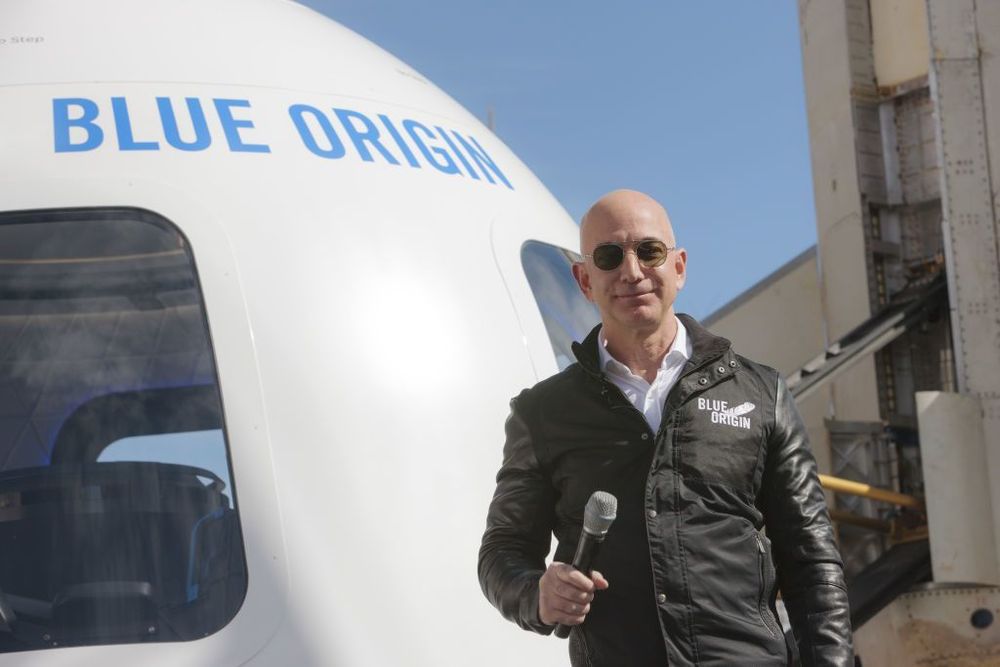
Blue Origin, the space company founded by Amazon chairman Jeff Bezos, shared a cryptic photo of famed explorer Ernest Shackleton’s expedition in a tweet on Friday.
But, with only the date of May 9 in the photo’s caption, the company left the context for the post unexplained. One likely meaning is the possible connection between Shackleton’s expedition and Blue Origin’s bid to send astronauts back to the surface of the moon.
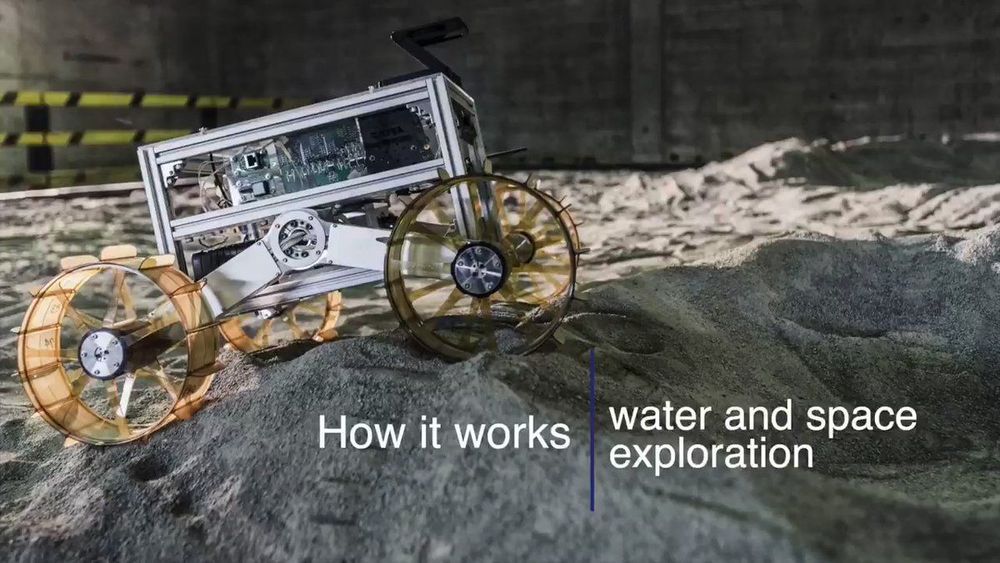
Find out in this 1:30 min video from one of #Luxembourg’s prominent space #startups.
https://twitter.com/LuxSpaceAgency/status/1121414150574489600

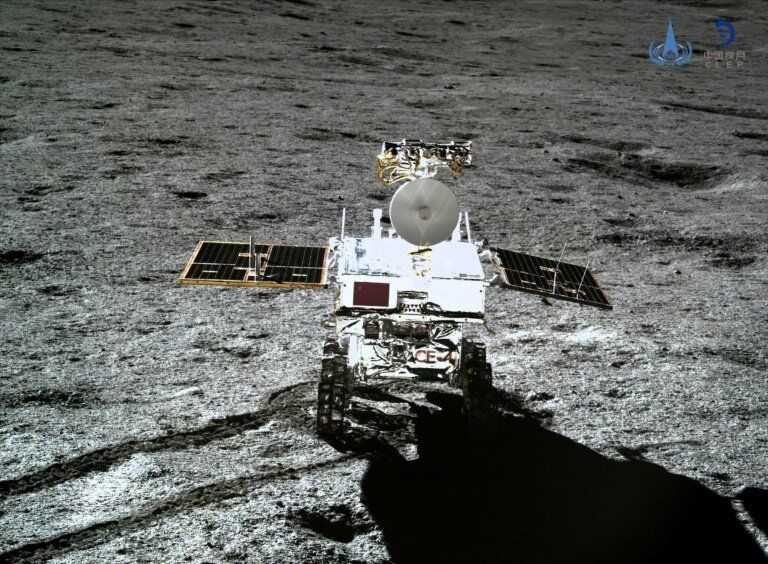
Beijing plans to send a manned mission to the moon and to build a research station there within the next decade, state media reported Wednesday, citing a top space official.
China aims to achieve space superpower status and took a major step towards that goal when it became the first nation to land a rover on the far side of the moon in January.
It now plans to build a scientific research station on the moon’s south pole within the next 10 years, China National Space Administration head Zhang Kejian said during a speech marking “Space Day”, the official Xinhua news agency reported.
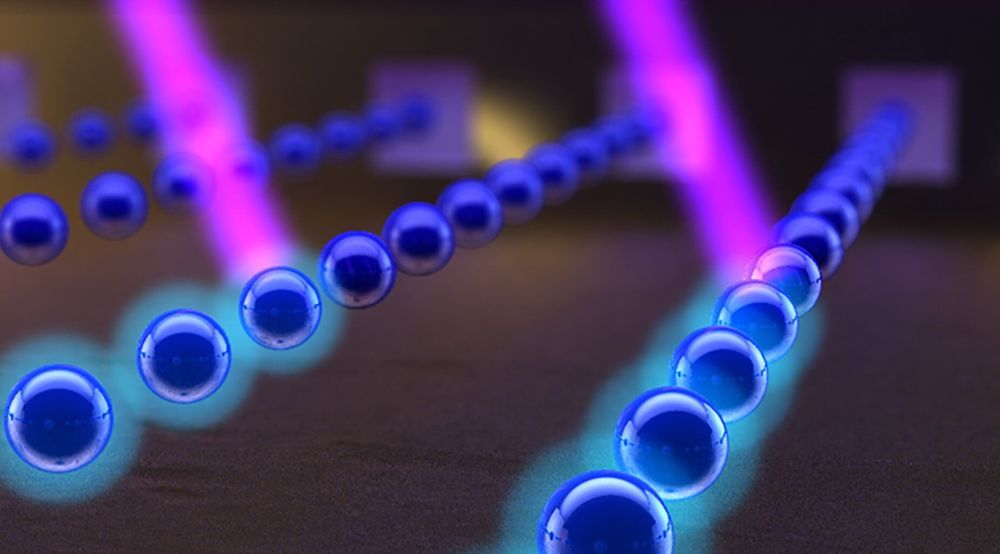
To a non-physicist, an “atomic beam collimator” may sound like a phaser firing mystical particles. That might not be the worst metaphor to introduce a technology that researchers have now miniaturized, making it more likely to someday land in handheld devices.
Today, atomic beam collimators are mostly found in physics labs, where they shoot out atoms in a beam that produces exotic quantum phenomena and which has properties that may be useful in precision technologies. By shrinking collimators from the size of a small appliance to fit on a fingertip, researchers at the Georgia Institute of Technology want to make the technology available to engineers advancing devices like atomic clocks or accelerometers, a component found in smartphones.
“A typical device you might make out of this is a next-generation gyroscope for a precision navigation system that is independent of GPS and can be used when you’re out of satellite range in a remote region or traveling in space,” said Chandra Raman, an associate professor in Georgia Tech’s School of Physics and a co-principal investigator on the study.
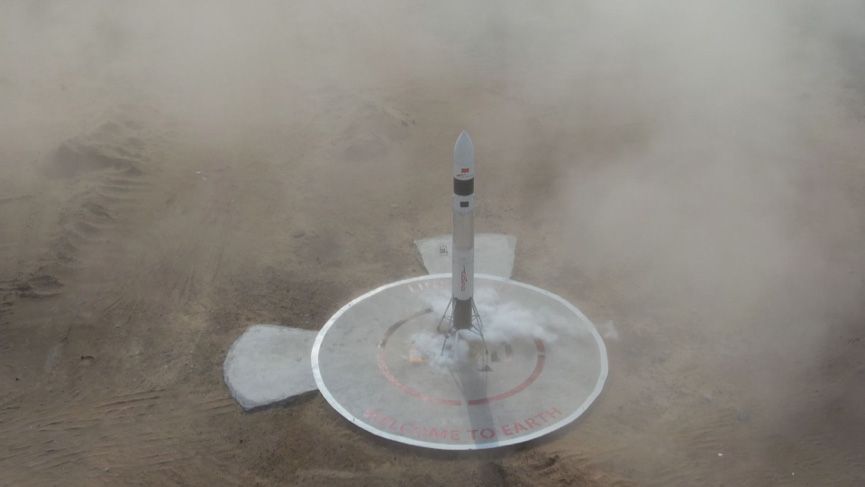
China’s private rocket company LinkSpace successfully launched a reusable rocket in east China’s Shandong Province on Friday. The RLV-T5 rocket flew to a height of 40 meters and then safely landed, in 30 seconds.
On March 27, the company finished its first low-altitude launch at a height of 20 meters.
Whenever the term “reusable rocket” is mentioned, people would at once link it to the U.S. giants like SpaceX and Blue Origin. Now, China’s LinkSpace is hoping to make its presence felt in the market.
Ryan Weed updates the work at Positron Dynamics at Space Access 2019. Positron Dynamics has completed the NASA NIAC study. They are applying for some Small Business Innovation Research (SBIR) grants.
Positron Dynamics will use Krypton isotopes to generate positrons. They would breed more Krypton isotopes. They sidestep the issue of antimatter storage. It would take 10 school buses of volume at the Brillouin limit to trap 1 microgram.
They are slowing the positrons that are generated. Krypton 79 isotope to generate hot positrons. Use their system to moderate the positrons so they can be used.
